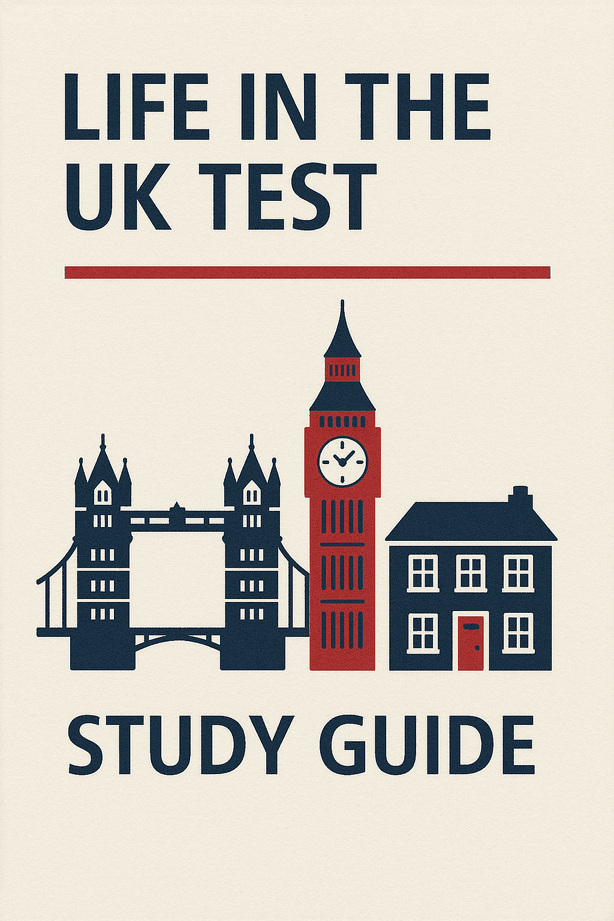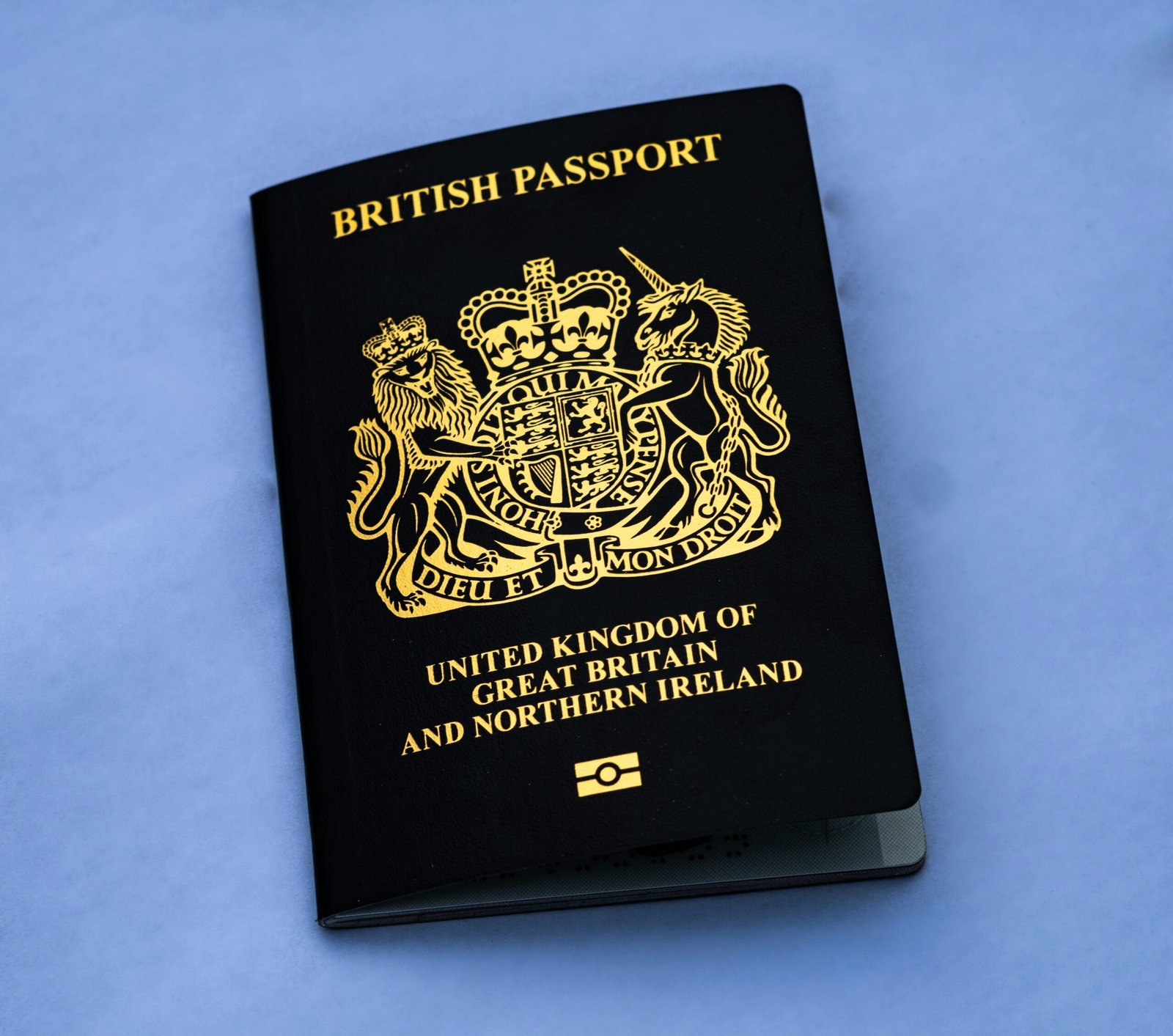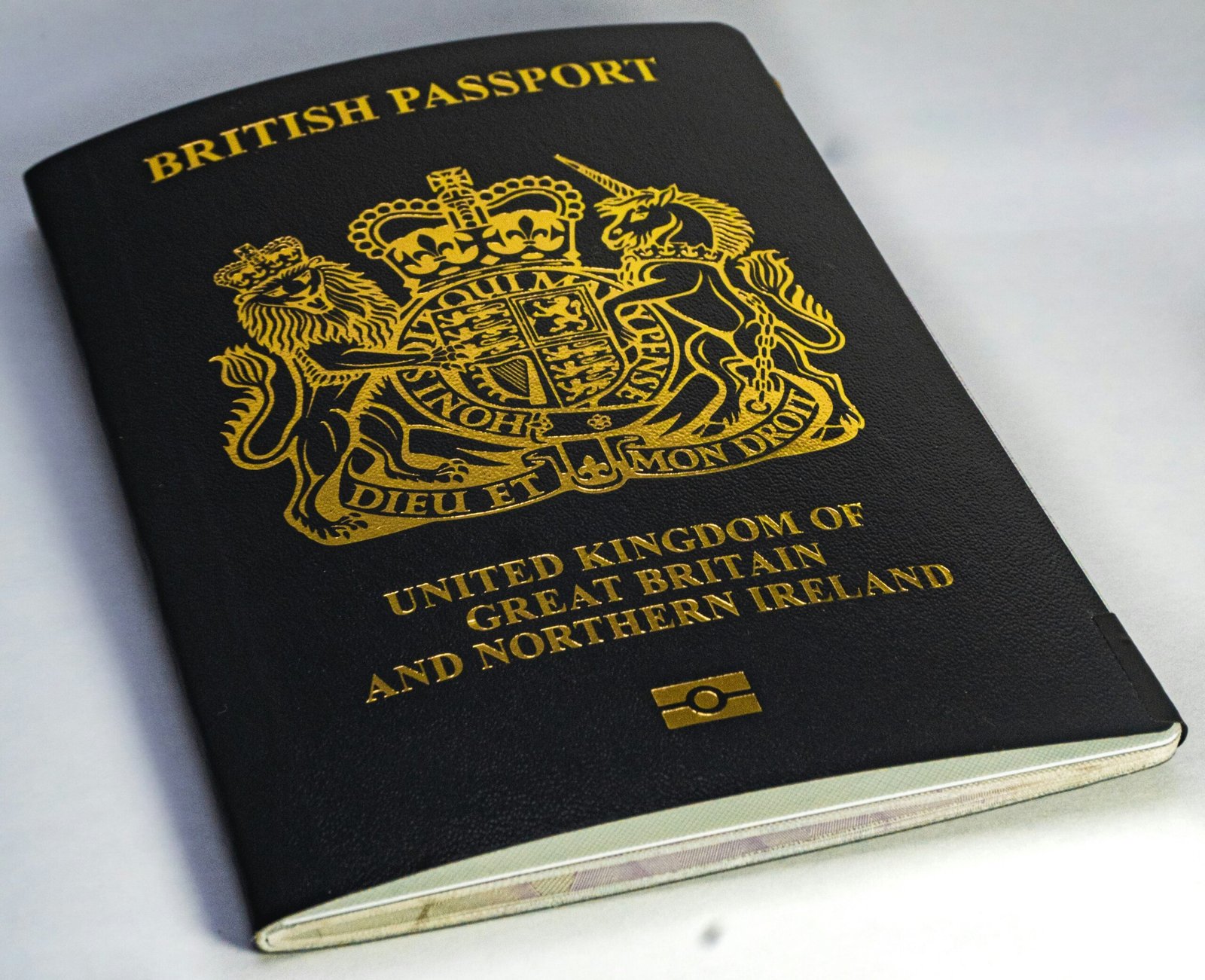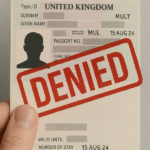The UK Spousal Visa (often referred to as a Partner Visa or Family Visa under the ‘partner’ category) allows you to join or remain with your partner in the UK if they are a British citizen, settled in the UK (with Indefinite Leave to Remain or settled status under the EUSS), or hold specific other immigration statuses. The goal is to prove your relationship is genuine and that you can be supported without relying on public funds.
The Essential Requirements You MUST Meet:
Applying for a UK Spousal Visa involves satisfying several core criteria, and it’s vital to get each one right.
-
A Genuine and Subsisting Relationship:
- What it means: This isn’t just about a marriage certificate. The Home Office wants to see tangible evidence that your relationship is real, ongoing, and that you intend to live permanently together in the UK.
- Proof you’ll need:
- Marriage or Civil Partnership Certificate: If you are married or in a civil partnership. If your relationship is unmarried, you must prove you’ve been living together in a relationship akin to marriage or civil partnership for at least two years.
- Evidence of shared life: Joint bank accounts, utility bills in joint names or addressed to both of you at the same address, tenancy agreements or mortgage statements in joint names, or evidence of shared responsibilities (e.g., caring for children together).
- Correspondence: Letters, emails, chat logs, social media messages that show a history of communication over time.
- Photographs: Pictures together from different periods, showing your relationship’s progression.
- Travel documents: Evidence of holidays or visits taken together.
- Children: Birth certificates of any children you have together.
-
Financial Requirement (The Big One for 2025!):
- What it is: This ensures you and your partner can support yourselves in the UK without needing public funds. This is often the most challenging requirement due to recent changes.
- The 2025 Threshold: As of April 11, 2024, the minimum gross annual income requirement for new Spousal Visa applications increased significantly to £29,000. This threshold is expected to increase further to £34,500 in late 2025 and then to £38,700 by early 2026.
- Important exception: If you made your initial application as a partner (or fiancé/fiancée) before April 11, 2024, and are applying for an extension with the same partner, the previous £18,600 threshold (plus additional for children) may still apply.
- Counting Income: The income can come from your UK-based partner’s employment (salaried or self-employed), your own employment (if you are already in the UK with permission to work), pensions, certain non-employment income (e.g., rental income), or cash savings.
- Cash Savings: If relying solely on cash savings, you (or you and your partner combined) must have held a minimum of £88,500 for at least 6 months prior to the application. If your initial visa was granted before April 11, 2024, and you are extending, the cash savings requirement might be lower.
- Children: For new applications from April 11, 2024, the £29,000 threshold is inclusive of dependent children. No additional amount is required for children.
- Proof you’ll need: Payslips, bank statements, employment letters, self-assessment tax returns, company accounts, pension statements, or bank statements showing savings. The specific documents depend on your income source.
-
Accommodation Requirement:
- What it is: You must prove you have suitable accommodation available for you, your partner, and any dependents without relying on public funds.
- Key criteria: The accommodation must not be overcrowded according to the Housing Act, must be safe, and must comply with public health regulations.
- Proof you’ll need: A property inspection report, tenancy agreement, mortgage statement, or a letter from the homeowner (if living with family/friends) confirming permission for you to live there and that the property is suitable.
-
English Language Proficiency:
- What it is: You need to demonstrate a basic knowledge of English.
- Level: For your first Spousal Visa application, you generally need to pass an approved English language test at CEFR Level A1 in speaking and listening.
- Note: For extensions after 2.5 years, you’ll need to pass at a higher level (A2 in speaking and listening). For Indefinite Leave to Remain (ILR), it’s typically B1.
- Exemptions: You won’t need to take a test if you are a national of a majority English-speaking country (e.g., USA, Canada, Australia), if you have a degree taught in English, or if you’re over 65, or have a physical or mental condition preventing you from meeting the requirement.
- Proof you’ll need: An approved SELT certificate or an academic qualification (e.g., degree certificate) that was taught or researched in English.
-
Suitability Requirement:
- What it is: The Home Office assesses factors like your immigration history, any criminal convictions, and whether there are any public interest reasons to refuse your application.
- Considerations: If you have any past immigration breaches, criminal history, or issues of character, it’s crucial to seek legal advice.
The Application Process: Step-by-Step
Once you’ve gathered all your documents and are confident you meet the requirements, here’s how to apply:
Step 1: Get Everything Ready! This is perhaps the most critical stage. As outlined above, ensure all your documents are accurate, up-to-date, and precisely match the Home Office’s requirements. Don’t underestimate the time it takes to gather evidence for the financial and relationship requirements.
Step 2: Complete the Online Application Form
- Visit the official UK government website (GOV.UK) and search for “Family visa: apply, extend or switch.”
- Follow the links to the online application form. It’s a detailed form, so take your time and double-check every entry. Be prepared to provide extensive details about your relationship, finances, and living situation.
Step 3: Pay the Fees
- Application Fee: As of April 9, 2025, the fee for a Spousal Visa application made outside the UK is £1,938, and £1,321 if applying from inside the UK.
- Immigration Health Surcharge (IHS): This is a mandatory fee that gives you access to the National Health Service (NHS) in the UK. It is £1,035 per person per year. You pay this upfront for the duration of your initial visa (usually 2.5 years).
Step 4: Provide Your Biometrics and Upload Documents
- After submitting your online form and paying fees, you’ll be directed to book an appointment at a UK Visa and Citizenship Application Services (UKVCAS) centre if you’re in the UK, or a Visa Application Centre (VAC) in your home country/country of residence.
- At this appointment, your fingerprints and a digital photograph (biometrics) will be taken.
- You’ll generally upload digital copies of all your supporting documents before your biometrics appointment. Some centres offer a scanning service for a fee.
Step 5: Attend an Interview (if invited)
- While not every applicant is invited for an interview, the Home Office may request one to clarify aspects of your application, especially concerning your relationship or financial situation. Be honest and consistent with your application.
Step 6: Await a Decision
- Processing Times: Standard processing times for Spousal Visas are typically around 12 weeks for applications made outside the UK and 8 weeks for applications made inside the UK.
- Priority Services: For an additional fee, you can often opt for priority services to get a faster decision (e.g., 5 working days for Priority, or next working day for Super Priority, where available).
- Decision: If successful, you’ll receive a visa vignette (sticker in your passport) for initial entry. For visas longer than 6 months, you would typically collect a Biometric Residence Permit (BRP) upon arrival.
- Key 2025 Change: As of January 1, 2025, the UK is transitioning to a fully digital immigration system. This means new visas will generally be digital (an eVisa), accessible via your online UKVI account, rather than a physical BRP card. You will receive instructions on how to access your digital status.
Important Considerations for Your Journey:
- Duration: The initial Spousal Visa is usually granted for 2 years and 9 months (33 months) if applying from outside the UK, or 2 years and 6 months (30 months) if applying from inside the UK.
- Path to ILR: After completing a total of 5 years on this visa route, you can usually apply for Indefinite Leave to Remain (ILR), which grants you permanent residency in the UK. You will need to continue meeting the requirements, including English language proficiency at a higher level (B1) and passing the ‘Life in the UK’ test.
- Professional Help: Given the complexity and the increasing financial requirements, many applicants find it beneficial to consult with a qualified immigration lawyer or adviser. They can help ensure your application is robust and addresses all requirements.
Applying for a UK Spousal Visa can be a demanding process, but with meticulous preparation and a clear understanding of the requirements, you can confidently take this important step towards building your shared life in the UK.














Leave a comment